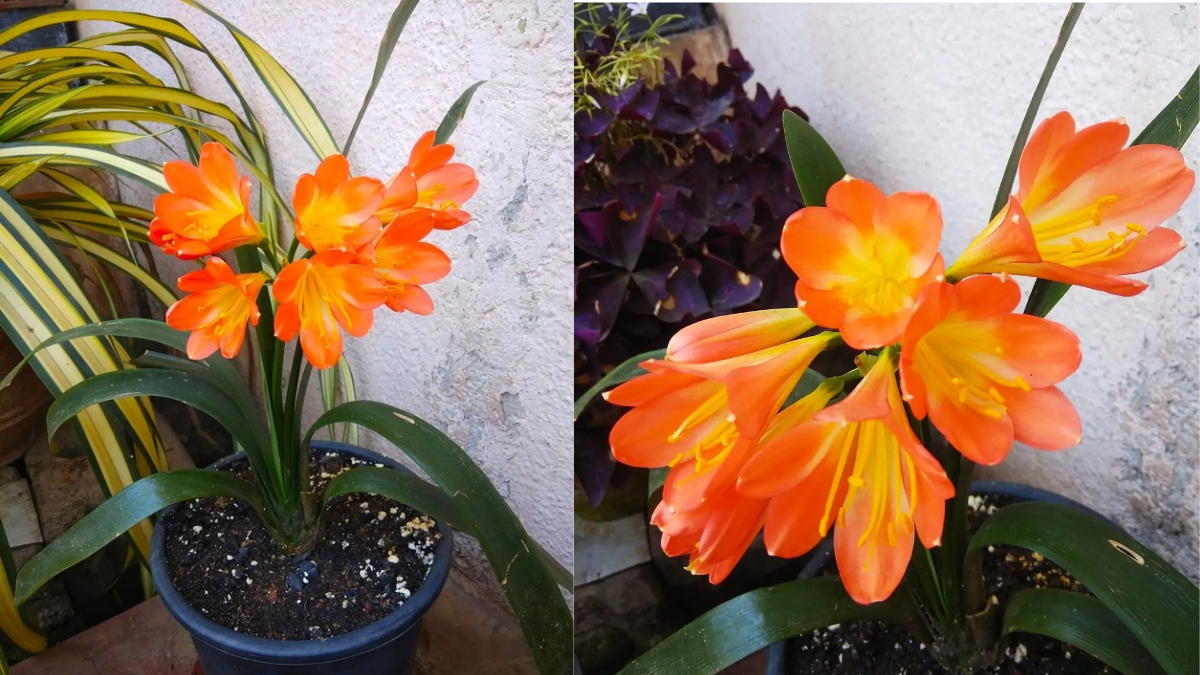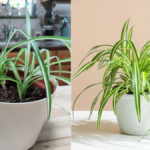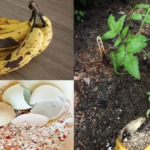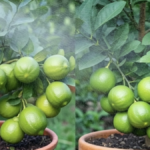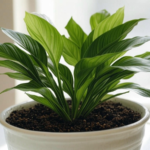How to Take Care of Clivia plant care is very simple if you understand its basic needs. This plant is loved for its bright flowers and long green leaves. It does not need too much sunlight and can grow easily indoors. That’s why many people like to keep Clivia as a houseplant. With proper care, it can bloom every year and stay healthy for many years.
I have grown Clivia in my home garden, and from my experience, I can say it is one of the easiest flowering plants. It doesn’t demand much daily care. If you give it the right water, soil, and light, it grows beautifully and gives flowers that make your home look colorful.
IN THIS ARTICLE
Quick Tips for How to Take Care of Clivia Plant
- Keep in bright, indirect sunlight.
- Water only when the top soil feels dry.
- Use well-draining soil mix.
- Fertilize in the growing season.
- Give a rest period in winter for good flowering.
- Do not repot again and again; Clivia likes tight pots.
Watering Clivia Plant
In my garden, I noticed Clivia does not like too much water. If the soil stays wet, the roots start rotting. I water my Clivia only when the top part of the soil becomes dry.
- In summer and spring, water once a week is usually enough.
- In winter, I reduce watering and sometimes water only once in 2–3 weeks.
This small dry period in winter is important because it helps the plant to prepare for flowers. Always make sure the pot has a hole at the bottom, so extra water drains out.
Best Soil for Clivia
When I planted Clivia in normal garden soil, it did not grow well. Later, I tried a light soil mix with compost, and it started growing healthy. So, from my experience, Clivia needs soil that is rich but drains water easily.
You can prepare soil mix like this:
- 1 part potting soil
- 1 part sand or perlite
- 1 part compost
This mix keeps the soil soft and airy, which is good for the roots.
Sunlight for Clivia
Clivia grows best in bright but indirect light. Direct sun can burn the leaves, so I always keep my plant near a window where it gets morning light but not the harsh afternoon sun.
If you keep it outside, place it in a shady spot under a tree or near a wall where it gets filtered light. Indoors, an east-facing window is perfect.
Temperature and Humidity
From my experience, Clivia does well in normal home temperature. It grows best in mild weather, not too hot and not too cold.
- In summer, normal room temperature is fine.
- In winter, I keep it in a cool place, around 10–15°C, and this rest helps it bloom better.
It also likes a little humidity, but even in dry air, it manages well. If your home is very dry, you can keep a water tray near the plant.
Fertilizer for Clivia
Clivia needs food during its growing season. I feed mine with liquid fertilizer every 2–3 weeks in spring and summer. This makes the leaves strong and helps the plant to bloom.
When buds start to appear, I sometimes use a fertilizer with more potassium, which supports flower growth. During winter rest, I don’t give any fertilizer at all.
Propagation of Clivia
I have tried propagating Clivia in two ways:
- By division (offsets):
After flowering, I carefully remove the plant from the pot and separate the small baby plants from the mother. These babies can be planted in new pots. This is the easiest method and works well. - By seeds:
This method is slow. Seeds take a long time to grow into plants, sometimes 3–5 years before they flower. I prefer growing by division because it is quicker.
Common Problems I Faced
Like all plants, Clivia also faces some problems. I want to share what I faced and how I solved them:
- Yellow leaves: When I watered too much, leaves turned yellow. After reducing water, the plant recovered.
- No flowers: Once my Clivia did not bloom for two years. Later I realized I was not giving it a rest period in winter. After keeping it cool and dry for 6–8 weeks, it started flowering again.
- Brown tips on leaves: This happened when I added too much fertilizer. Now I use fertilizer only in small amounts.
- Pests: Sometimes mealybugs attack the plant. I clean the leaves with neem oil, and it works well.
Repotting Clivia
One thing I learned is Clivia doesn’t like frequent repotting. My plant bloomed better when I left it in the same pot for many years. I only repot when the roots are coming out of the pot or when the soil becomes too old. That too, only once in 3–4 years.
Conclusion
From my personal gardening journey, I can say Clivia plant care is not difficult at all. This plant likes simple care – a little water, a shady place, and some food during the growing season. The most important thing is to give it a rest in winter. If you follow these steps, your Clivia will bloom with bright flowers every year and bring beauty to your home.
